



If you ever find yourself craving a place where history gently whispers through cobblestone streets and the air carries the faint scent of fresh pastries and pine from nearby forests,Sopron is where you want to be. This charming Hungarian town feels like stepping into a storybook,with its pastel-colored buildings leaning into narrow lanes and the distant toll of church bells marking the rhythm of daily life. There’s a calmness here,but it’s alive—a perfect blend of old-world charm and a lively local spirit. Walking through Sopron,you’ll notice how the city wears its history proudly. Roman ruins peek out from beneath medieval walls,and the Firewatch Tower offers a panoramic view that makes you appreciate how this place has stood the test of time. The markets buzz with vendors selling homemade sausages,fresh bread,and local wines that taste like sunshine in a glass. Sitting at a café,you can hear the soft hum of conversations in Hungarian,the clinking of coffee cups,and the occasional laughter spilling from a nearby table. What really makes Sopron special is its warmth—the kind that comes from a community deeply connected to its roots yet open-hearted to visitors. Whether you’re wandering through the vineyards just outside town or savoring a plate of traditional Hungarian goulash in a cozy tavern,you’ll feel like you’ve found a place that invites you to slow down,breathe in the moment,and soak up a culture that’s rich,welcoming,and utterly unforgettable.
The information on this page is currently being reviewed by Tripkliq and should be used as a guide only
Eng word: Hello
Eng pronunciation: See-ya
Local language: Szia
Eng word: Goodbye
Eng pronunciation: Vees-laht
Local language: Viszlát
Eng word: Thank you
Eng pronunciation: Kuh-suh-nuhm
Local language: Köszönöm
Eng word: How much
Eng pronunciation: Men-yee-beh keh-rool
Local language: Mennyibe kerül
Eng word: Toilet
Eng pronunciation: Vay-tsay
Local language: WC
Eng word: Help me
Eng pronunciation: Sheg-eet-sheg
Local language: Segítség
Eng word: Yes
Eng pronunciation: Ee-gen
Local language: Igen
Eng word: No
Eng pronunciation: Nem
Local language: Nem
Eng word: Excuse me
Eng pronunciation: El-ney-zesht
Local language: Elnézést
Sopron is known as the 'City of Loyalty' because, after World War I, its citizens voted in a 1921 referendum to remain part of Hungary rather than join Austria. This act of loyalty is commemorated with the phrase 'Civitas Fidelissima' (The Most Loyal City).
Sopron's history dates back to Roman times when it was known as Scarbantia. Visitors can still see remnants of the Roman city walls and the forum in the city center.
The Firewatch Tower is Sopron's most iconic landmark. Originally built in the 13th century, it served as a lookout for fires and invaders. Today, visitors can climb the tower for panoramic views of the city.
Sopron boasts a beautifully preserved medieval old town with cobblestone streets, Gothic and Baroque architecture, and charming courtyards. The city’s historical atmosphere makes it a favorite destination for history enthusiasts.
The Storno House is a historic building in the heart of Sopron that once hosted famous figures like King Matthias Corvinus. Today, it houses a museum showcasing the Storno family's art collection and the city's history.
The Goat Church, a stunning Gothic structure, dates back to the 13th century. It has hosted significant events, including coronations and parliamentary sessions, and is a must-visit for its architectural beauty.
Sopron is one of Hungary's oldest wine regions, famous for its red wine, particularly Kékfrankos (Blaufränkisch). Visitors can explore local vineyards and enjoy wine tastings in the surrounding countryside.
In 1989, Sopron played a key role in the fall of the Iron Curtain. The Pan-European Picnic, a peaceful demonstration near the Austrian border, symbolized the beginning of the end of communist rule in Eastern Europe.
The Medieval Synagogue in Sopron is one of the oldest in Central Europe, dating back to the 14th century. It offers a glimpse into the city's Jewish heritage and history.
In Sopron, the most common Power Adaptor is Type C, Type F.


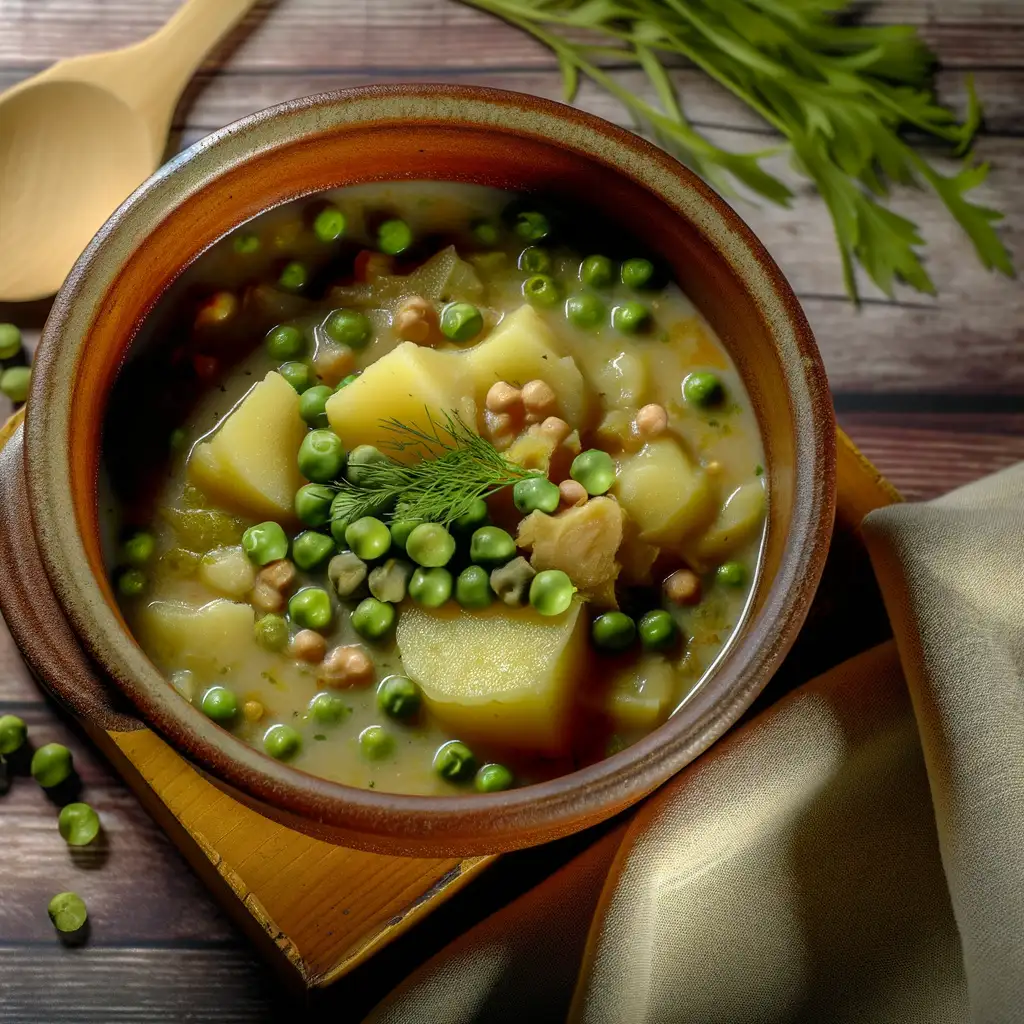
A thick vegetable stew, often made with potatoes, peas, or lentils, served as a side dish or main course.
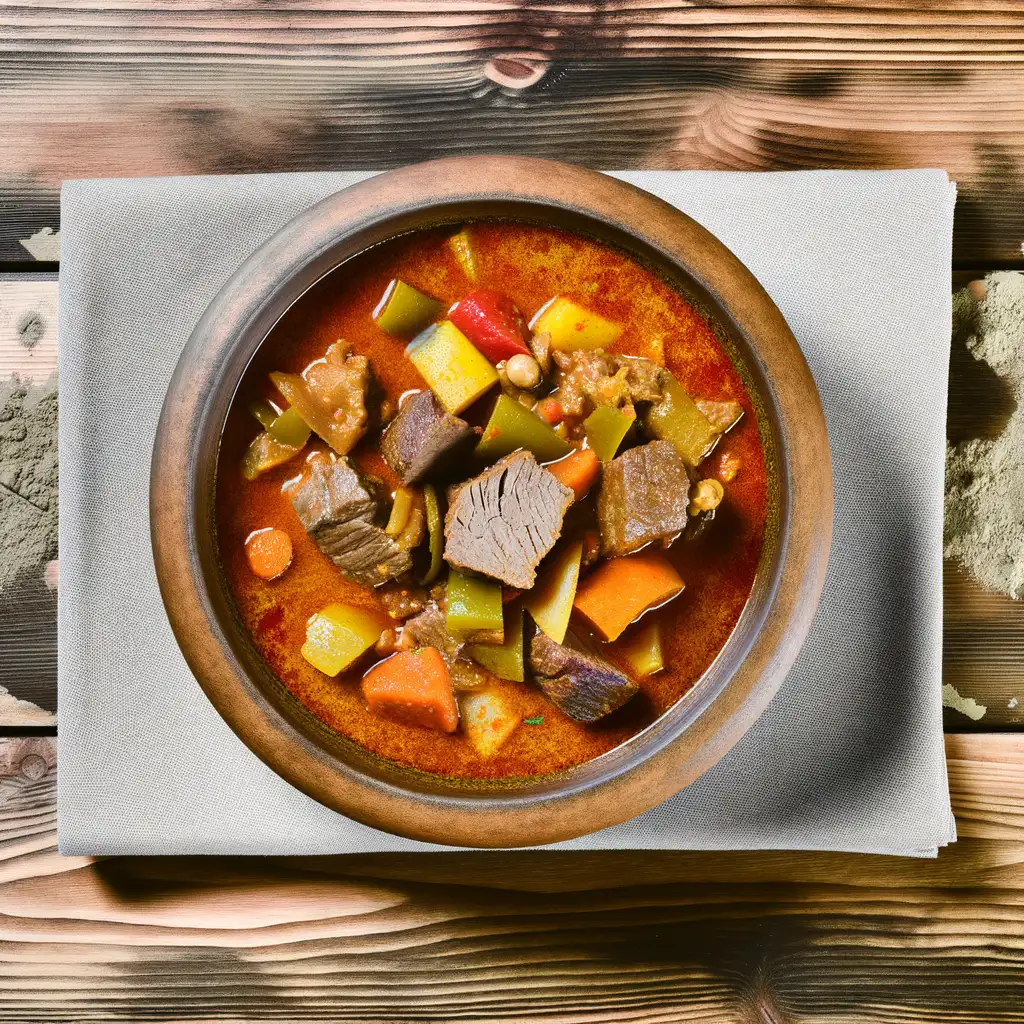
A traditional Hungarian stew made with meat, potatoes, and paprika, known for its rich flavor and hearty ingredients.
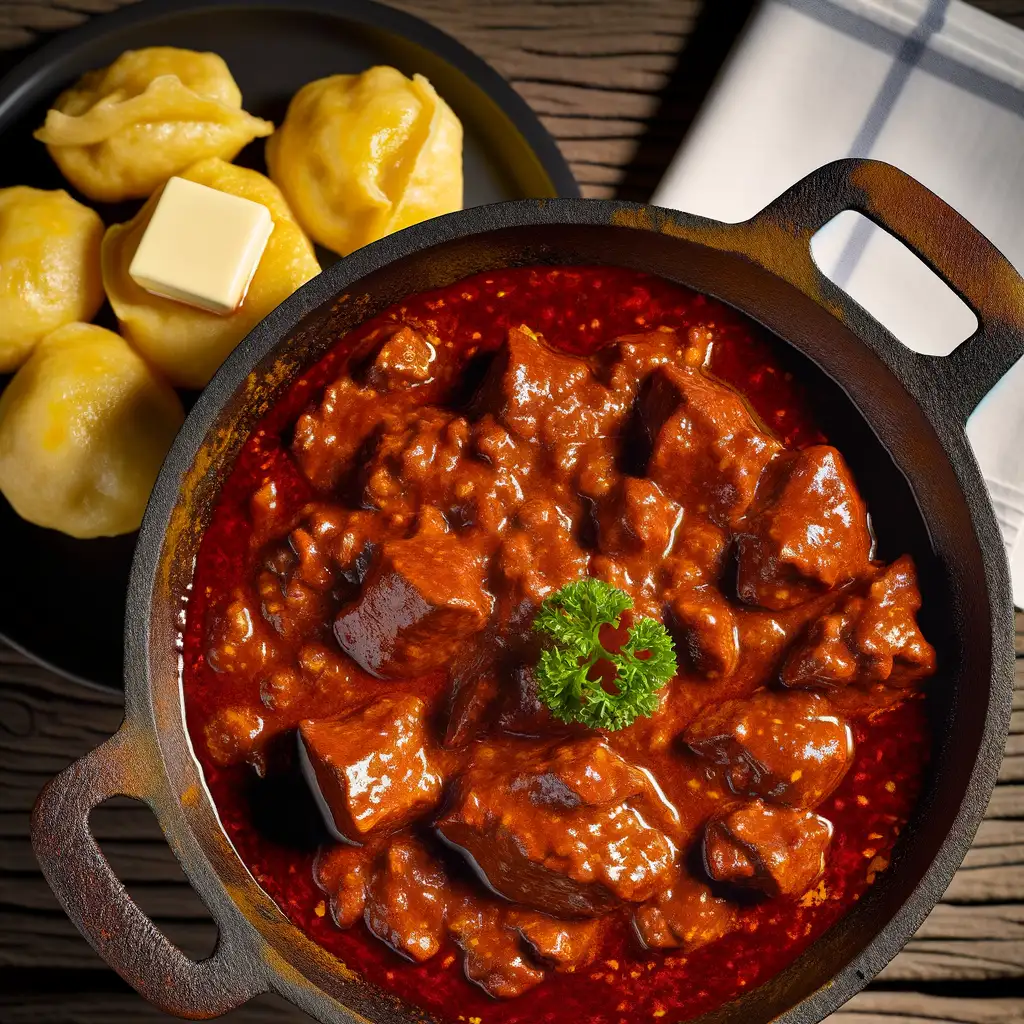
A meat stew similar to goulash, typically made with beef or pork, cooked slowly with onions and paprika.

A deep-fried flatbread, often topped with sour cream, cheese, or garlic, popular as a street food snack.

Savory pancakes filled with meat, rolled up, and baked with a creamy sauce, often served as a main dish.
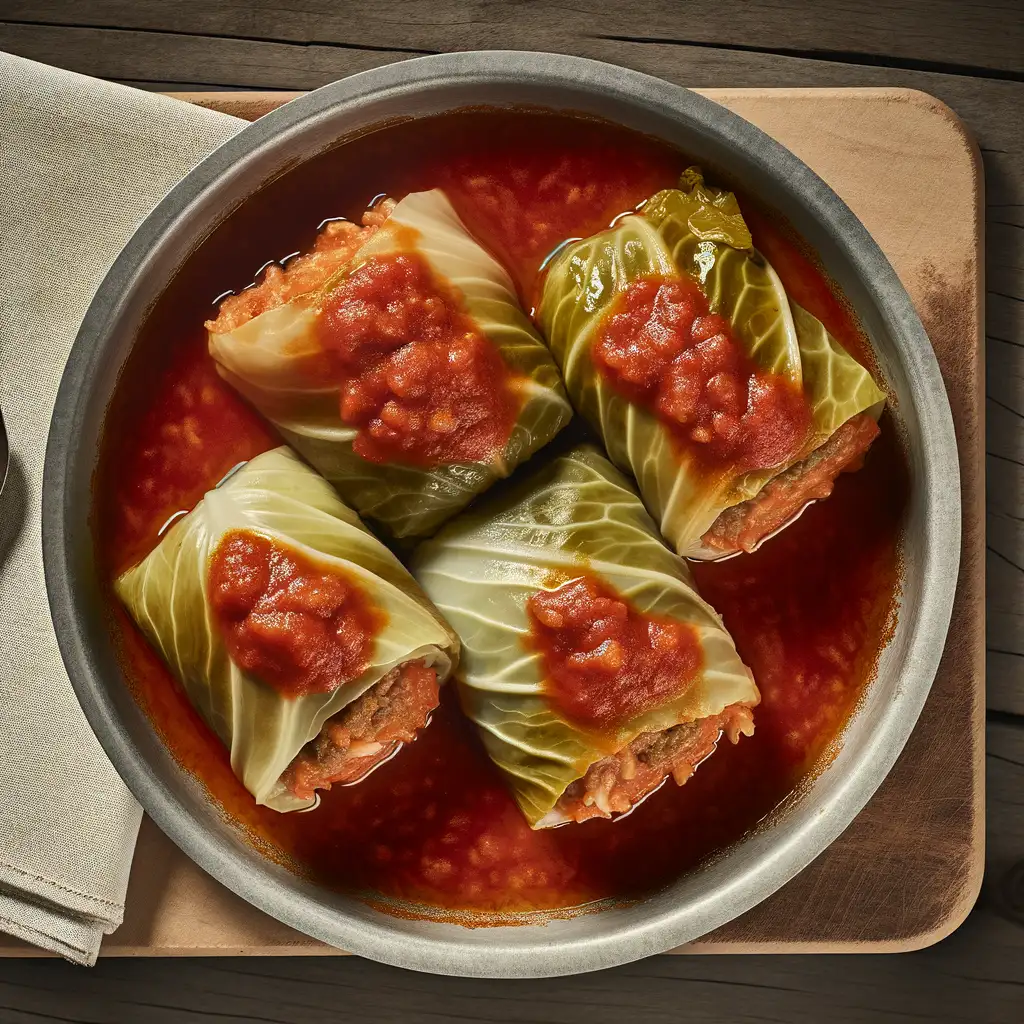
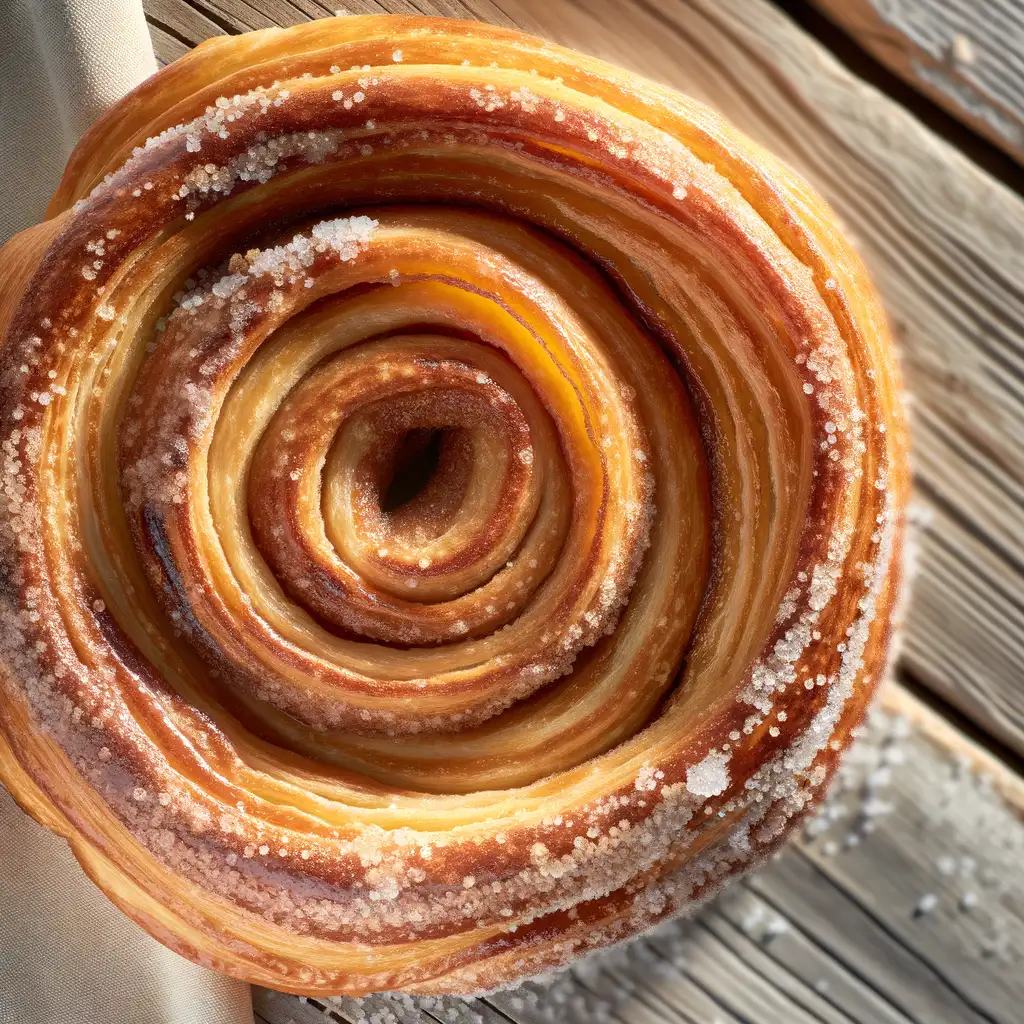
A sweet, spiral-shaped pastry cooked over an open flame, coated in sugar and often flavored with cinnamon or nuts.

Stuffed cabbage rolls filled with a mixture of meat and rice, cooked in a savory tomato sauce.
Vienna feels like stepping into a living storybook where every street hums with history and charm. The moment you wander through its grand boulevards,you’re wrapped in a warm embrace of baroque architecture,cozy coffeehouses,and the gentle melodies of street musicians playing waltzes nearby. There’s a rhythm to the city — elegant yet inviting — where the past and present dance together effortlessly.
As you stroll along the Danube or through the lush gardens of Schönbrunn Palace,you catch the scent of freshly baked strudel mingling with the earthy aroma of roasted coffee beans from a nearby café. The city’s café culture is something special; sitting down with a slice of Sachertorte and a strong Viennese coffee feels like a small,delicious ritual. You’ll hear the soft clink of porcelain cups and the murmur of locals deep in conversation,making you feel instantly at home.
Vienna’s character is a blend of refined artistry and genuine warmth. It’s a place where grand opera houses and modern galleries coexist,and where the locals’ pride in their musical heritage is palpable. Whether you’re exploring the vibrant Naschmarkt with its colorful stalls or catching a live performance in a centuries-old concert hall,Vienna invites you to slow down,savor the moment,and soak in its timeless elegance.
Budapest feels like stepping into a storybook where history and modern life dance together effortlessly. The moment you stroll along the Danube River,with the majestic Parliament building glowing in the evening light,you sense a city that’s both grand and inviting. There’s a rhythm here—street musicians playing haunting melodies,the clinking of glasses in cozy ruin pubs,and the gentle splash of thermal baths that have been soothing locals for centuries. It’s a place where every corner whispers tales of empires past,yet pulses with youthful energy.
Wandering through the cobbled streets of the Castle District,you catch the scent of fresh pastries mingling with the earthy aroma of old stone walls. The vibrant markets buzz with vendors selling paprika,fresh bread,and sweet chimney cakes,tempting you to taste the rich flavors of Hungarian cuisine. Budapest’s character shines brightest in its contrasts:the elegant Art Nouveau cafés sit side by side with edgy street art,and the grand boulevards lead you to intimate courtyards where locals sip coffee and chat animatedly.
What makes Budapest truly unforgettable is how it wraps you in warmth—whether it’s the steamy embrace of a thermal bath on a chilly day or the friendly chatter in a bustling café. It’s a city that invites you to slow down,savor every moment,and discover stories hidden in its architecture,food,and people. Trust me,once you’ve felt Budapest’s pulse,you’ll carry a piece of it with you long after you leave.
If you find yourself wandering through Okres Bratislava II,you’ll quickly notice a unique blend of old-world charm and modern energy humming in the air. It’s the kind of place where leafy streets invite you to slow down,while cozy cafés spill the rich aroma of freshly brewed coffee onto the sidewalks. The vibe here is relaxed but alive,like the city is quietly inviting you to explore its layers at your own pace. You might catch the distant laughter of locals chatting in Slovak,mixed with the occasional clink of glasses from a nearby wine bar,creating a soundtrack that feels both intimate and vibrant.
Walking through the neighborhoods,you’ll see a fascinating mix of architecture—from elegant Art Nouveau buildings to sleek,contemporary designs—each telling a story of Bratislava’s evolving character. The parks are lush and inviting,perfect for a lazy afternoon picnic or a peaceful moment watching the world go by. And if you’re a foodie,you’re in for a treat:local markets burst with fresh produce,and small bistros serve up traditional Slovak dishes with a modern twist,filling the air with the comforting scent of paprika and fresh herbs.
What really makes Okres Bratislava II stand out is its warm,welcoming spirit. It’s a place where you can feel the pulse of everyday life—families strolling,artists sketching in the sun,and friends gathering for an evening of music and laughter. Visiting here isn’t just about seeing a new place; it’s about feeling connected to a community that’s quietly proud of its roots and excited about its future.
Prague feels like stepping into a storybook where every corner hums with history and charm. The moment you wander onto the cobblestone streets of the Old Town,you’re wrapped in a warm,timeless embrace. The air carries a mix of fresh-baked pastries and rich coffee from cozy cafés,mingling with the faint scent of aged wood and stone from centuries-old buildings. As you stroll across the iconic Charles Bridge,the soft murmur of the Vltava River below blends with the distant melodies of street musicians,creating a soundtrack that’s both lively and soothing.
What’s truly captivating about Prague is its effortless blend of old and new. Gothic spires and baroque facades stand proudly alongside vibrant street art and bustling markets. The city pulses with a creative energy,from the quirky art galleries tucked away in narrow alleys to the lively beer gardens where locals and travelers clink glasses over hearty Czech fare. There’s a genuine warmth in the way people share their culture,whether it’s through a friendly chat in a pub or an invitation to a traditional music performance.
At night,Prague transforms into a magical place where the city lights dance on the river’s surface and the aroma of roasted chestnuts fills the air. It’s a city that invites you to slow down,savor every moment,and get lost in its stories. Trust me,once you’ve experienced Prague’s unique rhythm and soul,it stays with you long after you’ve left.
Imagine wandering through a city where the old world gently brushes against the new,and every corner hums with a quiet,inviting energy—that’s Zagreb. From the moment you step into its cobbled streets,you’re wrapped in a warm,lived-in charm. The air carries the scent of fresh coffee mingling with blooming linden trees,while the distant chatter from open-air cafés spills into the streets,inviting you to slow down and savor the moment. Zagreb doesn’t shout for attention; it welcomes you like an old friend,with a smile and a story.
The city’s character is a delightful blend of Austro-Hungarian elegance and vibrant Croatian spirit. Strolling through the Upper Town,you’ll catch glimpses of medieval towers and baroque facades,while the Lower Town buzzes with modern life—art galleries,quirky boutiques,and lively markets where you can taste local cheeses,honey,and the unmistakable sweetness of fresh figs. Music often drifts from street performers,adding a soundtrack to your exploration that feels both spontaneous and soulful.
What makes Zagreb truly special is its rhythm—unhurried yet alive. Whether you’re sipping a glass of robust Croatian wine in a cozy tavern or watching the sunset paint the rooftops in shades of gold and rose,there’s a sense of belonging here. It’s a city that invites you to not just see it,but to feel it,to become part of its story,even if just for a little while.
Imagine stepping into a city where every corner feels like a scene from a timeless painting—Venice is exactly that kind of place. The moment you arrive,the gentle lapping of water against ancient stone buildings wraps around you like a soft melody. Instead of streets,there are winding canals,and instead of cars,gondolas glide silently beneath ornate bridges,their oars dipping rhythmically into the emerald water. The air carries a mix of salty sea breeze and the faint aroma of fresh espresso and baked pastries from nearby cafés,inviting you to slow down and savor the moment.
Venice has this magical,almost dreamlike quality. The light here is different—soft and golden in the mornings,casting long shadows on the labyrinth of narrow alleys and colorful facades. You’ll find yourself wandering without a map,getting delightfully lost among the bustling markets,where vendors call out in melodic Italian,selling everything from fresh seafood to vibrant Murano glass. The city’s rich history whispers from every corner,from the grandeur of St. Mark’s Basilica to the quiet charm of tucked-away piazzas where locals sip wine and chat as if time has paused.
What makes Venice truly unforgettable is its rhythm—slow,intimate,and deeply human. It’s a place where you can hear the laughter of children playing by the water,the clinking of glasses in cozy trattorias,and the soft hum of a street musician’s violin. Visiting Venice isn’t just about seeing a city; it’s about feeling its heartbeat,tasting its flavors,and becoming part of its endless story.
Tourists may be offered unfavorable exchange rates or counterfeit currency at unofficial exchange offices.
Scammers may pose as charity workers and pressure tourists into donating to fake causes.
Scammers may sell fake tickets to attractions or offer non-existent tours to unsuspecting tourists.
Some taxi drivers may overcharge tourists by not using the meter or taking unnecessarily long routes.
Crowded tourist areas may attract pickpockets who target distracted visitors.
Some restaurants may inflate bills by adding hidden fees or charging for items not ordered.
Street vendors may sell counterfeit or low-quality goods at high prices, targeting tourists unfamiliar with local prices.
Hungary has strict drug laws, and the possession, use, or distribution of illegal drugs is a criminal offense. Even small amounts of drugs for personal use can lead to fines, mandatory rehabilitation programs, or imprisonment. Tourists should avoid any involvement with illegal substances while in Sopron or elsewhere in Hungary.
In Sopron, Hungary, smoking is prohibited in enclosed public spaces, workplaces, public transport, and within a 5-meter radius of playgrounds and entrances to public institutions. Designated smoking areas may be available in some outdoor spaces, but tourists should look for signage to confirm. Smoking is also banned in restaurants, bars, and cafes unless they have a designated outdoor smoking area.
Vaping is subject to similar restrictions as smoking in Sopron. It is prohibited in enclosed public spaces, public transport, and near playgrounds or public institution entrances. Tourists should avoid vaping in non-designated areas and check for local rules in specific venues.
What are other people saying about Sopron?
Recent Social posts about Sopron
There is nothing to show you for now.